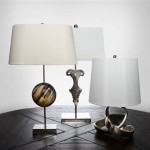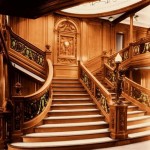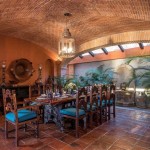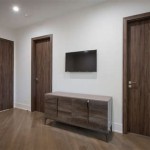Palace Interior Design: A Glimpse into Opulence and History
Palace interior design, an art form that encapsulates opulence, grandeur, and historical significance, offers a fascinating journey through the lives of royalty and nobility. From the towering halls of European castles to the intricate palaces of the East, these structures stand as testaments to power, wealth, and refined taste. Exploring the intricacies of palace interior design unveils a world of meticulous craftsmanship, intricate decor, and a profound connection to the past.
The Essence of Opulence: Embracing Luxury in Every Detail
The defining characteristic of palace interior design is opulence, a lavish display of wealth and power. This is achieved through a meticulous selection of materials, from the finest marble and precious woods to intricate tapestries and hand-painted murals. Every surface is embellished with intricate details, showcasing the skills of master craftsmen. The use of gold leaf, ornate furniture, and shimmering chandeliers further enhances the sense of grandeur and sophistication.
For instance, the Palace of Versailles, a masterpiece of French Baroque architecture, exemplifies this opulent style. Its grand salons boast intricate gilded ceilings, marble floors, and meticulously crafted furniture. The Hall of Mirrors, with its endless reflection of light and grandeur, serves as a prime example of how space and light are used to create a sense of awe and wonder.
A Tapestry of History: Weaving Narratives Through Decor
Palace interiors are more than just aesthetically pleasing spaces; they are repositories of history. Each element, from the choice of furniture to the artwork on display, tells a story about the individuals who inhabited these spaces and the events that unfolded within them. The grand portraits of monarchs, the intricate tapestries depicting historical scenes, and the antique furnishings all contribute to the narrative tapestry of the palace.
Take, for example, the Palace of Buckingham, the official London residence of the British monarch. Its State Rooms, adorned with portraits of past kings and queens, showcase the lineage and history of the British monarchy. The ornate furniture and decorative objects reflect the changing tastes and influences of different eras, providing a glimpse into the social and cultural history of the nation.
The Art of Functionality: Balancing Aesthetics and Practicality
While opulence and history are crucial elements of palace interior design, functionality cannot be overlooked. These spaces were designed for both ceremonial events and daily life, requiring a balance between grandeur and practicality. The arrangement of rooms, the placement of furniture, and the design of lighting all had to cater to the needs of the royal family and their court.
The Alhambra in Granada, Spain, with its intricate courtyards, fountains, and gardens, showcases this balance. The design of the palace incorporated elements of Islamic architecture, with a focus on geometric patterns, water features, and a sense of serenity. This approach created a calming and welcoming atmosphere while maintaining the grandeur expected of a royal palace.
Palace interior design is a testament to human creativity and ingenuity. Through a harmonious blend of opulence, history, and functionality, these spaces offer a glimpse into the lives of royalty and nobility, showcasing the enduring power of artistry and the enduring legacy of the past.

900 Best Royal Palace Interior Design Ideas House

Luxury Mansions Interior Entrance Design Castle House

Discover The Ultimate Luxury Palace Interiors By Antonovich Design

Discover Jeddah S Most Luxurious Palace Interior Design

The 11 Most Beautiful Interiors Of Week Vogue

The Interiors Of Buckingham Palace House Garden

Classic Style Palace Entrance Design By Algedra Interior At Coroflot Com

Luxury Classic Palace Interior French Design

Luxury Neoclassical Palace Interior Design Comelite Architecture Structure And Arco

Palace Interior Design In Abu Dhabi On Going








